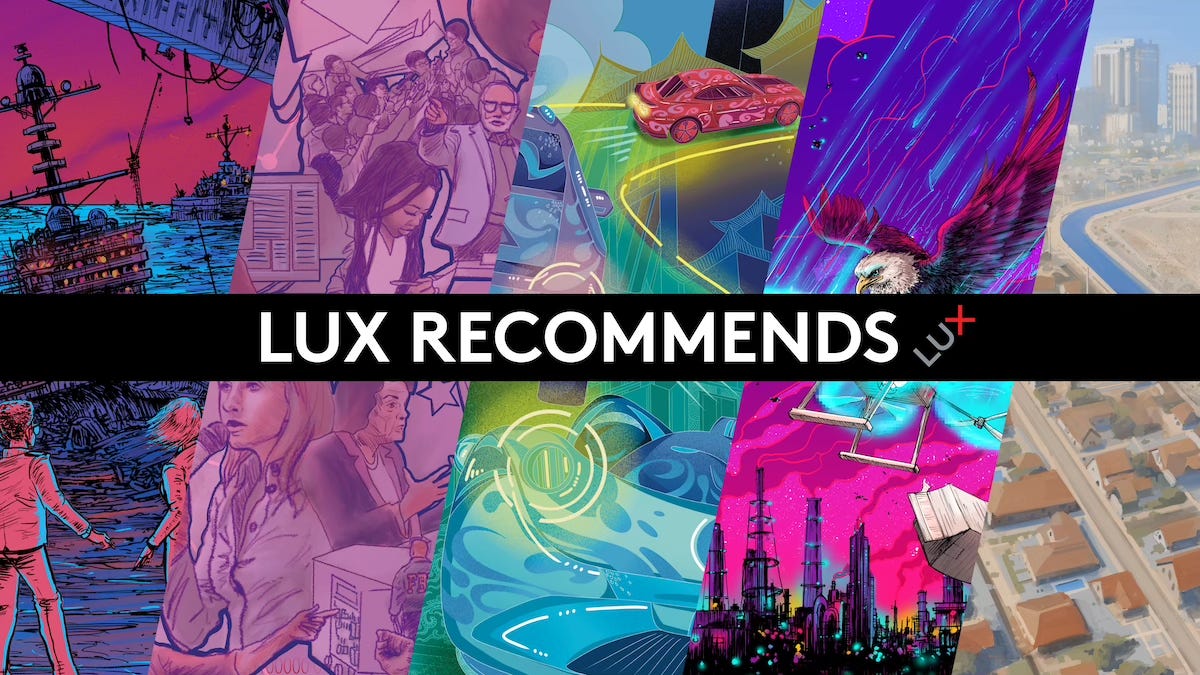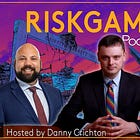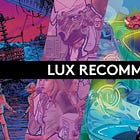The AI “creature” in our rooms, science and faith with the Pope’s astronomer, and China’s gray-zone warfare. Plus the machine burns down.
From around the web
1. Fear and learning in Silicon Valley
As I return from vacation in South Korea, AI is still very much on my mind. I’ve previously critiqued the backlash against AI, and I thought this post by Anthropic co-founder struck the right balance between doomerism and hope. He argues we should view AI systems as real, unpredictable “creatures” rather than simple tools while advocating for both technological optimism about their capabilities and appropriate fear about their risks.
Most of all, we must demand that people ask us for the things that they have anxieties about. Are you anxious about AI and employment? Force us to share economic data. Are you anxious about mental health and child safety? Force us to monitor for this on our platforms and share data. Are you anxious about misaligned AI systems? Force us to publish details on this.
In listening to people, we can develop a better understanding of what information gives us all more agency over how this goes. There will surely be some crisis. We must be ready to meet that moment both with policy ideas, and with a pre-existing transparency regime which has been built by listening and responding to people.
In the same vein, Laurence Pevsner recommends Trevor Noah’s conversation with Mustafa Suleyman, CEO of Microsoft AI and co-founder of Google’s DeepMind. They dive deep into whether the benefits of AI to the human race outweigh its risks.
2. Ctrl Culture
How’d we get here? Author and Stanford’s Fred Turner get down to some answers in their wide-ranging conversation over on Jasmine’s Substack. Together, they explore Silicon Valley’s evolution from 1960s counterculture to modern techno-culture, explaining how the New Communalists (Stewart Brand’s Whole Earthers) split from the New Left by embracing technology and business as tools for liberation. From there, it was a short leap to libertarianism and then some of today’s more authoritarian and nihilistic tendencies. H/t scientist-in-residence Sam Arbesman.
The nihilism in accelerationism is all the way down. This gets back to the denial of the body. If you are alive in this world and you love yourself, you may have feelings about your body, but you’re going to love your body. You’re going to love your embodied self. You’re going to love where you are now. You are not going to be straining to accelerate a departure from where you are now and an arrival somewhere else. You’re going to learn how to be here now.
The opposite of nihilism is being fully present to oneself and to one’s loved ones. Nihilism is shutting all that down, turning inward. It’s a pseudo-erotic attachment to death and to destruction, to the kinds of power that go with that. Trump is all over this, of course. Cruelty is the nihilist’s friend. Nothing matters, so I’m going to take the kinds of pleasures that are off the table when things do matter. When things matter, you don’t hurt people. It’s only after you’ve given up that you can commit the kinds of cruelty that we’re seeing here. You’ve given up attachment.
3. Deep space
Let’s shift to even less tangible matters: Laurence directs us to Rebecca Mead’s profile of the “Pope’s astronomer” in The New Yorker. She follows Guy Consolmagno, a Jesuit brother who directs the Vatican Observatory, splitting time between Italy and Arizona where he conducts astronomical research including meteorite analysis and collaborations with NASA. For Consolmagno, science and faith can coexist without conflict—perhaps a relevant sentiment as we contemplate humanity after AI.
Looking at the moon suspended in the sky over the Tiber, I remembered what Consolmagno had told his audience in Glasgow: that he doubted his faith “only about two or three times a minute.” The line got a big laugh. “But the opposite of faith isn’t doubt,” he continued. “The opposite of faith is certainty. Being comfortable with doubt, just as I doubt my science, just as I am constantly questioning my science, I do that because it makes my science stronger, and I do that because it makes my faith stronger.”
4. Red lines of gray war
I’ll end this week with something slightly more concrete: China’s gray-zone war with the United States, which, in the near term, may present a far bigger challenge than AI. In this manifesto, Dave Pitts and Chip Usher, two former CIA higher-ups, call for a fundamental shift from reactive defense to proactive offense: systematically exposing PRC activities, imposing real costs on Beijing and individual CCP architects, and building collective resilience through allied coordination.
For too long, China’s gray zone actions have been low-cost and low-risk. Washington must change the PRC’s risk-gain calculation, which currently demonstrates that the PRC sees more gains than risks in its gray zone actions. U.S. leaders must speak clearly to the PRC and other adversaries on the costs of their gray zone attacks. The United States must lead a coalition to develop a menu of pre-planned, rapid-response options. If China uses economic coercion against an ally, the G7 should respond with coordinated relief funds and joint legal challenges. If a Chinese entity is caught stealing intellectual property, it should face crippling sanctions.






